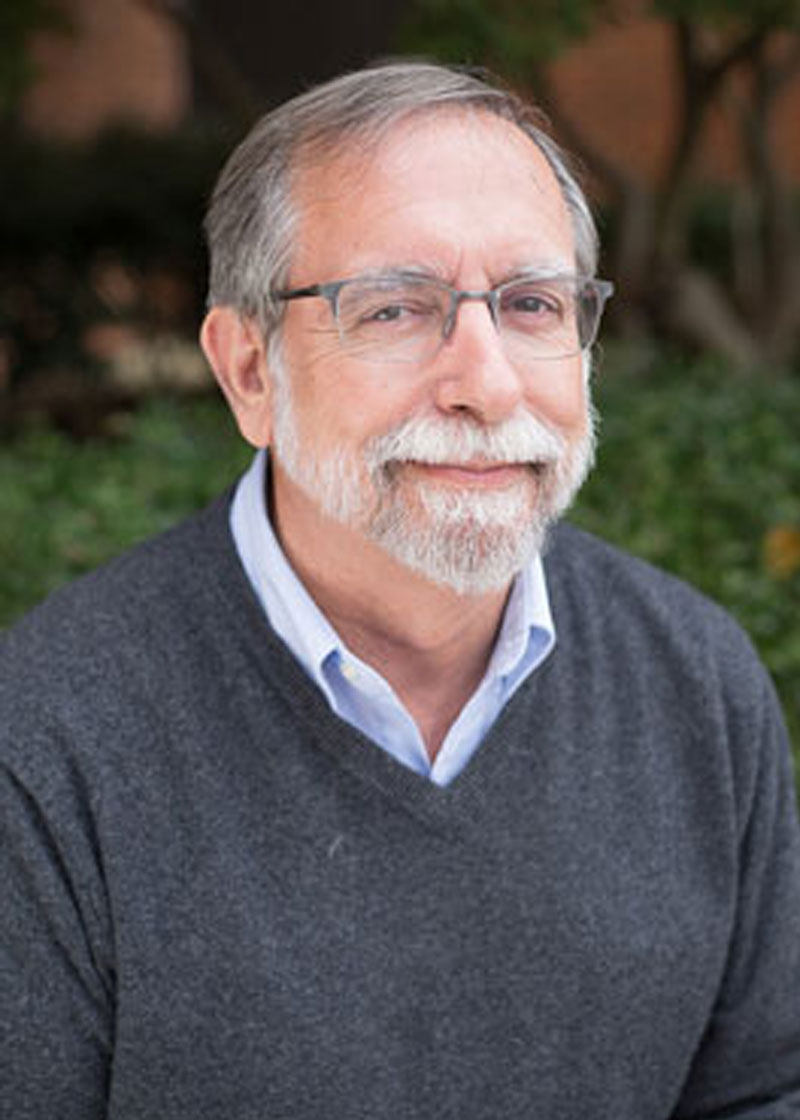Associate Professor
Director, Medical/Clinical Psychology
CH 201
(205) 934-8723
Research Interests: Psychopathology, statistics, and emotion
Office Hours: By appointment
Education:
- B.S., The Pennsylvania State University
- M.S., University of Wisconsin - Madison
- Ph.D., University of Wisconsin - Madison
The general focus and goal of Dr. Cook's research is the application of psychophysiological methods to improve understanding of psychological and biological factors related to emotion, personality, and mental disorders. Current research uses in the startle response as a tool for exploring changes in emotional and sensory information processing that occur with changes in anxiety and mood. Startle is readily measured from humans in the laboratory, typically as contractions of the muscles surrounding the eye in response to an abrupt noise or airpuff.
Although startle is a relatively fast and simple reflexive response, its magnitude (roughly equivalent to force or vigor) is altered by emotional state. Thus, startle responses are larger during unpleasant emotional states and smaller during pleasant emotional states. Research conducted in Dr. Cook's laboratory indicates that the degree to which these changes occur varies with personality characteristics (such as fearfulness and tendencies toward dissociative or schizotypal thinking). Complementary findings from other laboratories indicate similar differences among anxiety disordered groups and among psychopaths. Because the neural basis of startle modulation is well-researched in animals, startle modulation abnormalities in humans can be used to suggest neural mechanisms and abnormalities that lead to or are associated with personality problems and mental illnesses. A current project examines this hypothesis using functional neuroimaging.
Dr. Cook's research has primarily been funded by the National Institute of Mental Health, with smaller grants coming from the National Institute on Aging and the National Institute of Dental Research, as well as the Graduate School and the Center for Neuroimaging Research at UAB.
Dr. Cook is a licensed clinical psychologist who maintains a small private practice, primarily providing treatment for anxiety and depressive disorders.
-
Select Publications
- Mrug, S., Madan, A., Cook, E. W., III, & Wright, R. A. (2015). Emotional and physiological desensitization to real-life and movie violence. Journal of Youth and Adolescence, 44(5), 1092-1108.
- Stoeckel, L. E., Murdaugh, D. L., Cox, J. E., Cook, E. W., III, & Weller, R. E. (2013). Greater impulsivity is associated with decreased brain activation in obese women during a delay discounting task. Brain Imaging and Behavior, 7(2), 116-28.
- Murdaugh, D. L., James E Cox, J. E., Cook, E. W., III, & Weller, R. E. (2012). fMRI reactivity to high-calorie food pictures predicts short and longterm outcome in a weightloss program. Neuroimage, 59, 2709-2021.
- Morris, D. M., Taub, E., Macrina, D. M., Cook, E. W., & Geiger, B. F. (2009). A method for standardizing procedures in rehabilitation: Use in the Extremity Constraint Induced Therapy Evaluation multisite randomized controlled trial. Archives of Physical Medicine and Rehabilitation, 90, 663668.
- Stoeckel, L. E., Kim, J. Weller, R. E., Cox J. E., Cook E. W., III, & Horwitz, B. (2009). Effective connectivity of a reward network in obese women. Brain Research Bulletin, 79, 388-395.
- Stoeckel, L. E., Weller, R.E., Cook, E. W., III, Twieg, D. B., Knowlton, R. C., & Cox, J. E. (2008). Widespread rewardsystem activation in obese women in response to pictures of highcalorie foods. NeuroImage, 41, 636647.
- Temple, R. O., & Cook, E. W., III (2007). Anxiety and defensiveness: Individual differences in affective startle modulation. Motivation and Emotion, 31, 115-123.
- Hawk, L. W., & Cook, E.W., III. (2000). Independence of valence modulation and prepulse inhibition of startle. Psychophysiology 37(1), 5-12.
- Cook, E.W., III. (1999). Affective individual differences, psychopathology, and startle reflex modification. In M. E. Dawson, A. M. Schell, & A. H. Boehmelt (Eds.), Startle modification: Implications for neuroscience, cognitive science, and clinical science (pp. 187-208). New York: Cambridge University Press.
- Nitschke, J., Cook, E.W., III, & Miller, G.A. (1998). Time- and frequency-domain filtering of ERP and EEG data. Behavioral Research Methods, Instruments, and Computers, 30, 54-67.
- Cook, E.W., III, & Turpin, G. (1997). Differentiating orienting, startle and defense responses: The role of affect and its implications for psychopathology. In P. J. Lang, R. F. Simons, and M. Balaban (Eds.), Attention and orienting: Sensory and motivational processes (pp. 137-164). Hillsdale, NJ: Erlbaum.
- Gautier, C.H., & Cook, E.W., III. (1997). Relationships between cardiovascular reactivity and startle reflex modulation. Psychophysiology, 34, 87-96.
- Hawk, L.W., & Cook, E.W., III. (1997). Affective modulation of tactile startle. Psychophysiology, 34, 23-31.
- Hawk, L.W., Stevenson, V.E., & Cook, E.W., III. (1992). The effects of eyelid closure on affective imagery and eyeblink startle. Journal of Psychophysiology, 6, 299-310.
- Cook, E.W., III, Davis, T.L., Hawk, L.W., Spence, E.L., & Gautier, C.H. (1992). Fearfulness and startle potentiation during aversive visual stimuli. Psychophysiology, 29, 633-645.
